Over the course of the last several years, Metro has become increasingly focused on new construction of rail and highway megaprojects, sometimes even to the exclusion of other priorities, like improving the quality of service for existing transit riders.
We do not yet know what Metro’s budget for 2021 will look like. Metro has decided to delay adoption of a new budget until September and operate for the first quarter of the new year using continuing resolutions. Since March, the financial environment has changed dramatically between Metro’s last budget and the one that is currently being developed. And the Covid recession is still in its early days.
But even with all the unknowns, one thing can be said with certainty: Metro’s riders need Metro to focus its energy on building a more resilient and equitable transportation system. Rather than pursuing new megaprojects that have grown more difficult to manage and complete during the period of the current pandemic, Metro should be turning its attention to projects like the recent rollout of a small network of bus-only lanes in downtown Los Angeles. Such projects can be rolled out rapidly, cheaply, and without requiring a huge concentration of workers in one location.
Similarly, the NextGen Bus plan should be looked at for accelerated financing. The product of several years of study, NextGen produced an ambitious scope of change for how bus service should look in this region, including frequent service all day across LA’s most congested corridors. However, a full build out of the plan has a total cost in the billions and, as yet, no clear funding path to get it to completion.
For years now, Metro’s priorities have been dominated by the still far-off prospect of the 2028 Olympic Games. Less than a year following the passage of Measure M, Metro Chair Eric Garcetti proposed the Twenty Eight by ‘28 initiative, which sought to complete about 70% of the projects in the Measure M expenditure plan in the first decade of the new sales tax.
The focus on the Olympics and other planned megaevents – the Super Bowl in 2022, the World Cup in 2026 – has been a constant in Metro’s planning, from the decision to begin construction on the Centinela grade separation for the Crenshaw line to the Vision 2028 strategic plan.
While we don’t have a detailed picture of the future of Metro’s finances, we can expect financial pain in the short term. Mayor Garcetti recently said that Metro has a $1 billion budget shortfall. Additionally, we can expect that more and more Angelenos will return to the transit system as California continues its piecemeal reopening of the economy. Ridership on Metro is now back up to 525,000 daily rides after falling to 365,000 when closures were at their most strict.
Even more than usual during the pandemic, the bus has been the workhorse of the regional transportation network. During the early days of the safer at home orders, the ratio of bus riders to rail riders actually increased to 3.5 bus riders for every rail rider. This represents a long-held truth in who relies on transit in the LA Region, that rail riders are more likely to be riders of choice, more likely to work in office environments, and more likely to have the opportunity to work remotely. On the bus network, several corridors, particularly in South Los Angeles, experienced much less reduction in ridership than elsewhere, as a concentration of working class riders had no choice but to continue with the daily routine of their lives.
If we extend this out to the present, we can see we’re on a dangerous trajectory. As our region struggles with its reopening, we know that bus ridership did not fall as far as it did in other major American cities and we know that it is rising faster. The white collar workers who have had the benefit of sheltering in their homes will likely continue to be able to do so. In the meantime, more and more essential workers who ride the bus will be coerced to return to dangerous working conditions.
Metro has sought to keep buses from becoming crowded by adding back service in anticipation of growing ridership. But anecdotal evidence suggests buses and bus stops are still experiencing dangerous levels of crowding throughout daily operations (to date, Metro has not shared much official data on the crowding situation on its vehicles). Without a significant increase in bus service, that trend will continue, with buses increasingly serving as places where riders risk being unable to socially distance from passengers who are potentially carrying Covid. The implications are clear: Metro would not expect transit riders of choice to accept those conditions, and they should not be forcing those conditions on riders who depend on their service to make their way around town.
Without providing sufficient service for riders to be safe on their buses, Metro will risk accelerating in-progress trends away from transit ridership altogether. They will be establishing themselves as an agency who is unwilling or unable to protect riders, and buses will cement a reputation as spaces that are dangerous and full of disease, spaces where anyone with sufficient means would not willingly go. But it doesn’t have to be this way.
Metro’s push to accelerate Measure M projects has stretched the agency thin where capital funding is concerned. Additionally, that acceleration has often been directly contingent on the viability of finding private-sector partners who view growth in Metro’s ridership as a safe enough investment for them to take a risk on a future return. The current environment, one in which no one can say how long the Covid pandemic will endure, or, much less, what transit will look like when it does, does not seem like it lends itself to taking risks with huge amounts of capital.
Accordingly, we should assume that whatever possibility there might have once been to achieve ambitious plans around building new rail and highway projects for the 2028 Olympics has by now been extinguished.
Metro needs to acknowledge that Twenty Eight by 28 is no longer achievable, and that, in the current environment, it could no longer pursue the acceleration of nice-to-have projects to the exclusion of other goals even if it were. Put frankly, Los Angeles doesn’t have the luxury of spending nearly a decade dressing up to show off its prosperity to the world. Angelenos are hurting, economically, physically, and emotionally. What they need from their transit agency is a rededication to high quality service that is safe and that accounts for their needs and the bus operators serving them equitably.
In the immediate post-Covid period, that means Metro should do whatever it can as an agency to shift the focus of its capital priorities away from enormous megaprojects often with localized benefits in low-ridership environments toward a different kind of megaproject: regional investments in course correcting the fundamental service proposition for existing riders where ridership is highest. Planning for this has already been completed in Metro’s NextGen study, but NextGen remains absent from discussions around capital funding and has received little institutional urgency from the board of directors compared to other priorities for funds. In this moment, the visionary NextGen plan, rather than parochial rail construction, is what is needed to reintroduce Angelenos to their transit system and to Metro itself.
Metro also needs to reexamine some of its long and stubbornly held policies regarding the built environment in Los Angeles. Metro has sought to stay out of discussions about what bus stops and city streets should look like, while also refusing to install bathrooms or other hygienic stations at its own property at rail stations throughout the county. But Metro can no longer afford to stay out of these fights. There are nearly 100 rail stations throughout Metro’s service area. At these locations, Metro should be looking into self-washing restrooms and sanitary stations that can help keep riders and the public safe. Making it possible to safely be out in public as additional industries resume work will be paramount to our success in reopening Los Angeles.
Similarly, although spending authority might belong to individual cities where streets and bus stops are concerned, Metro serves as one of the largest grantors of funds in the county. As such, Metro can use its position to incentivize cities to make changes to city streets to keep buses from getting caught in traffic, to alleviate transit crowding, and to make the stop environments safe and sanitary. These are capital projects as well, and they are projects that have not been complicated by Covid the way that enormous rail and freeway construction projects have. It is Metro’s responsibility to ensure that Los Angeles does not merely return to a status quo that was failing so many. It is time to think instead about how we can emerge from this crisis into a stronger, more equitable city.
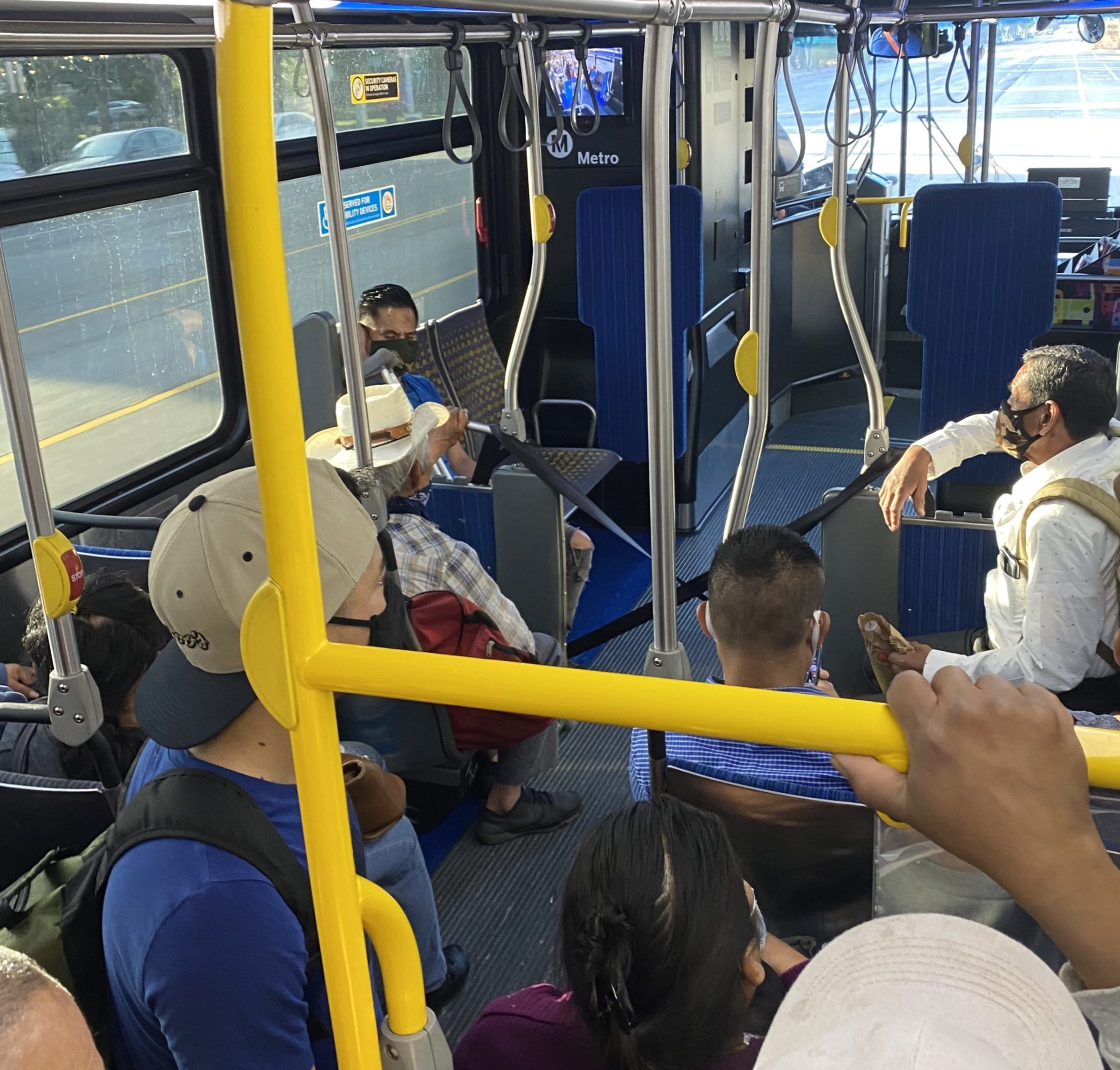
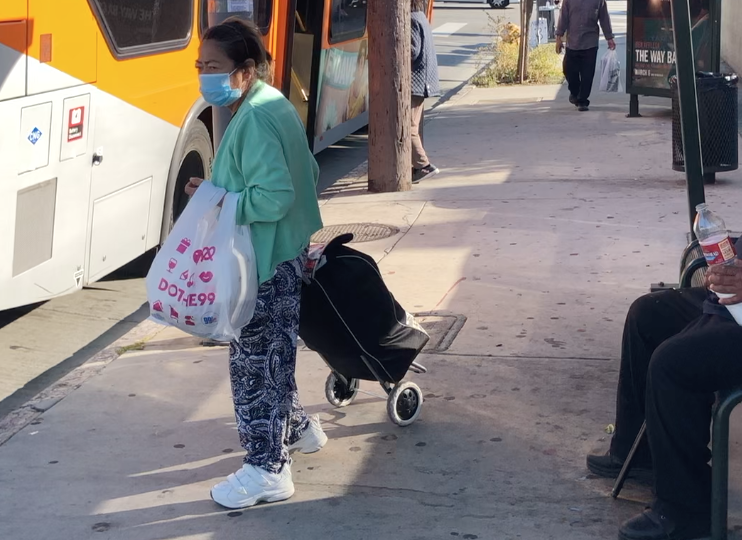
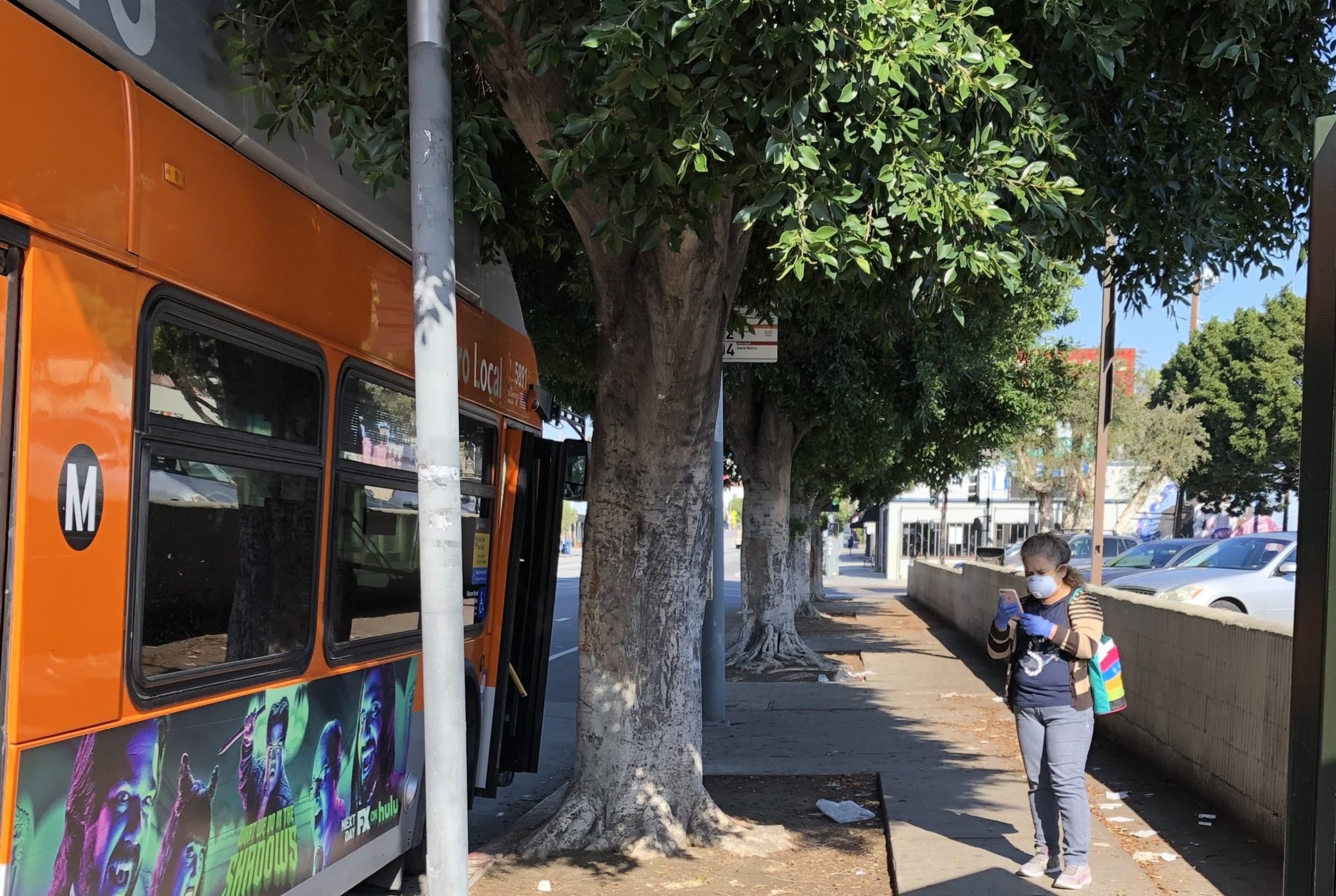
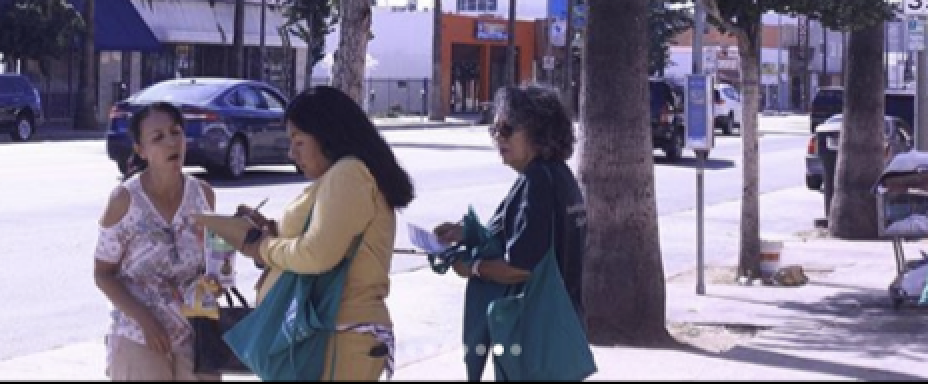
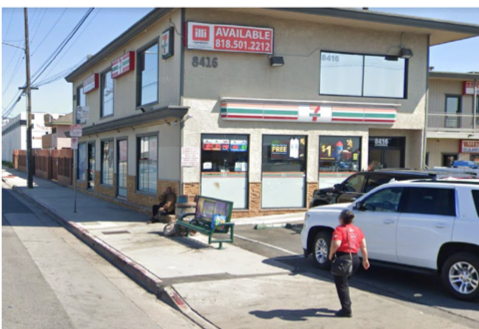
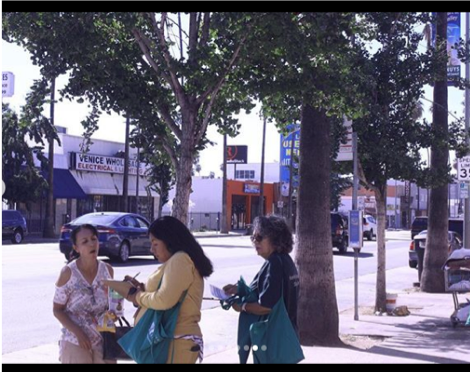
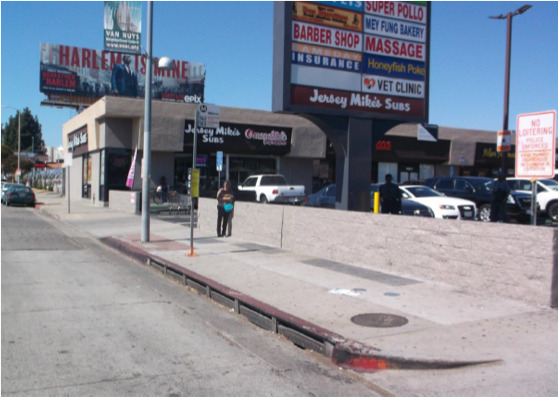
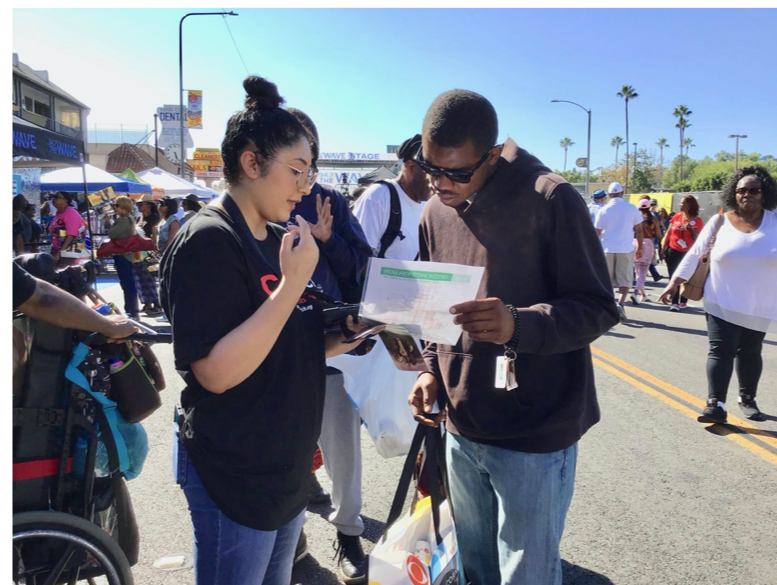
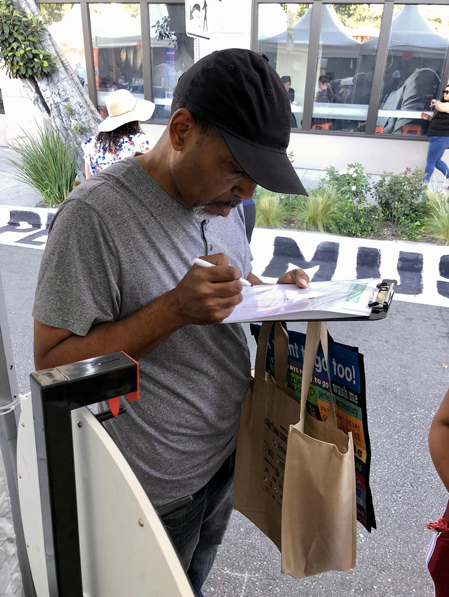 SLATE-Z Conducted community outreach at events and in neighborhoods in South LA.
SLATE-Z Conducted community outreach at events and in neighborhoods in South LA. 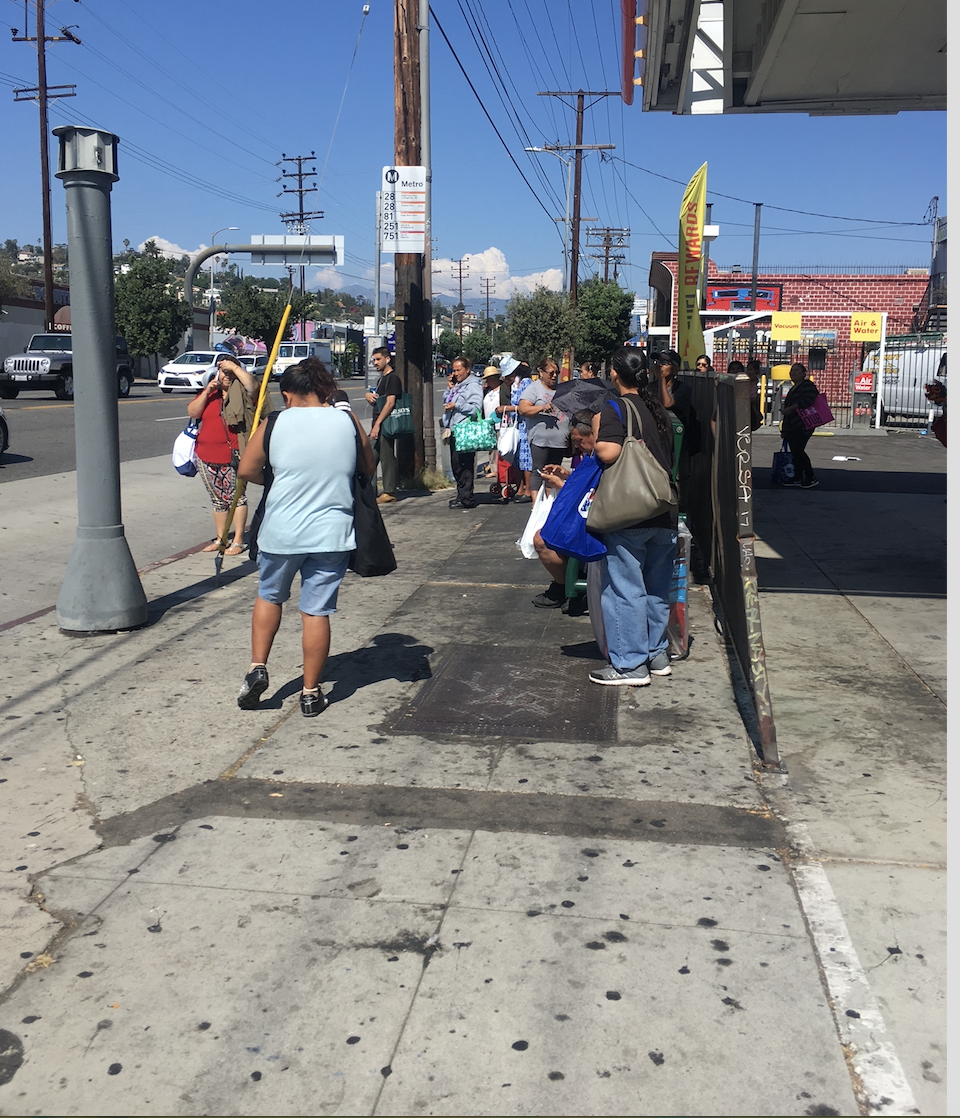

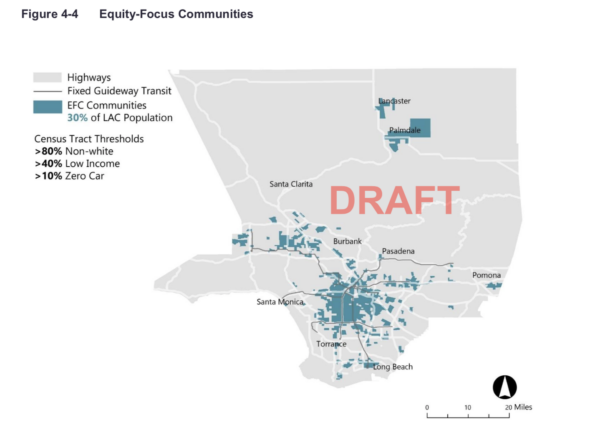
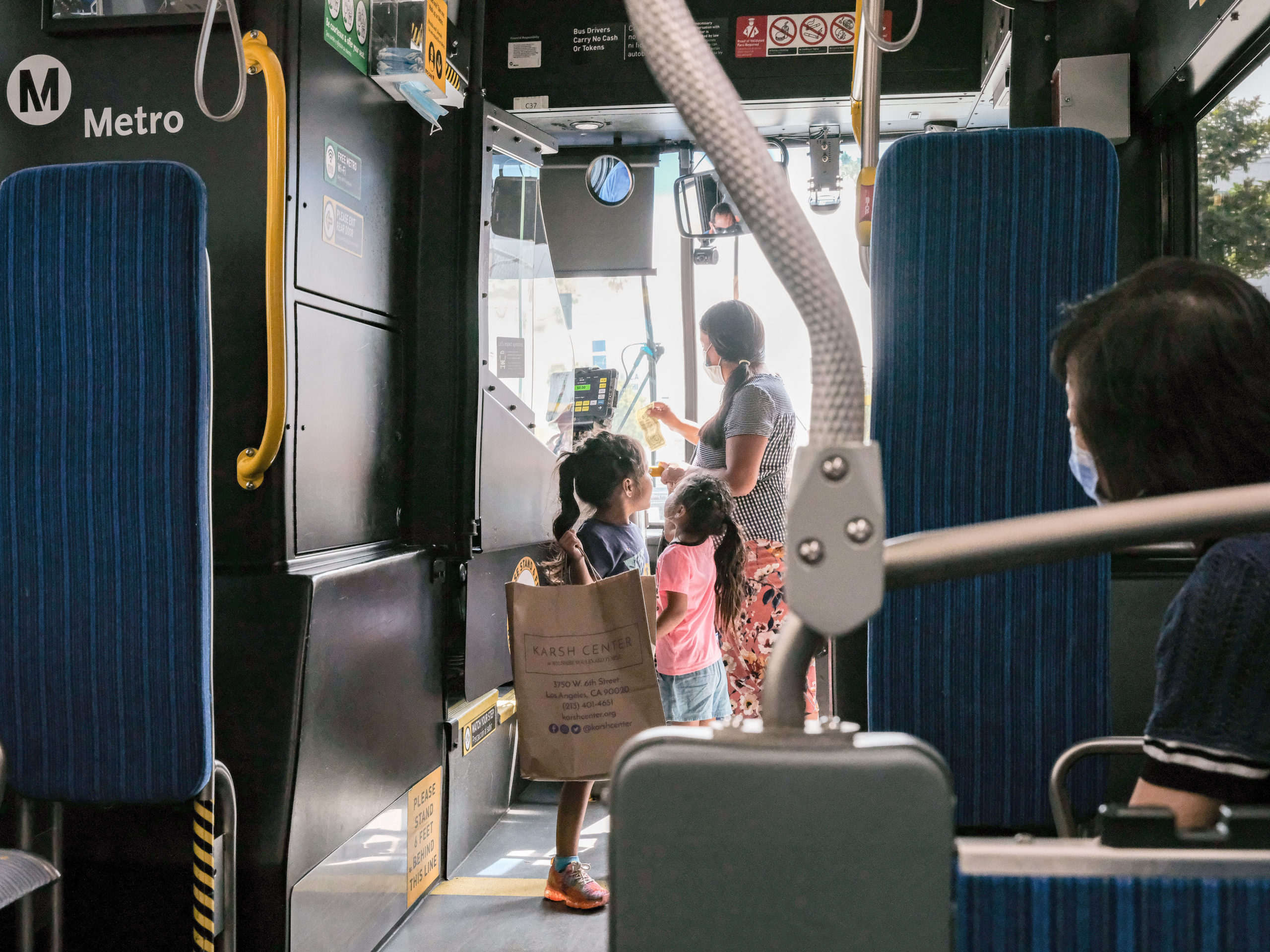



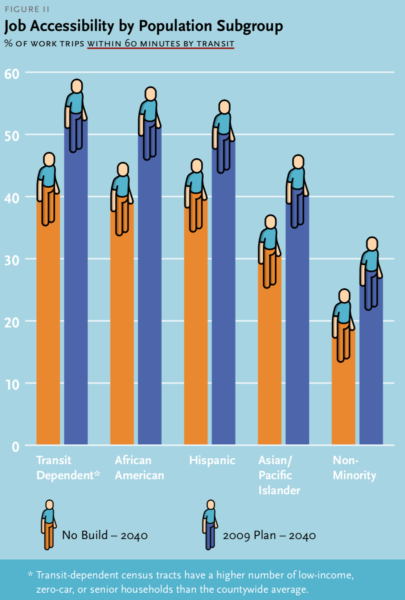

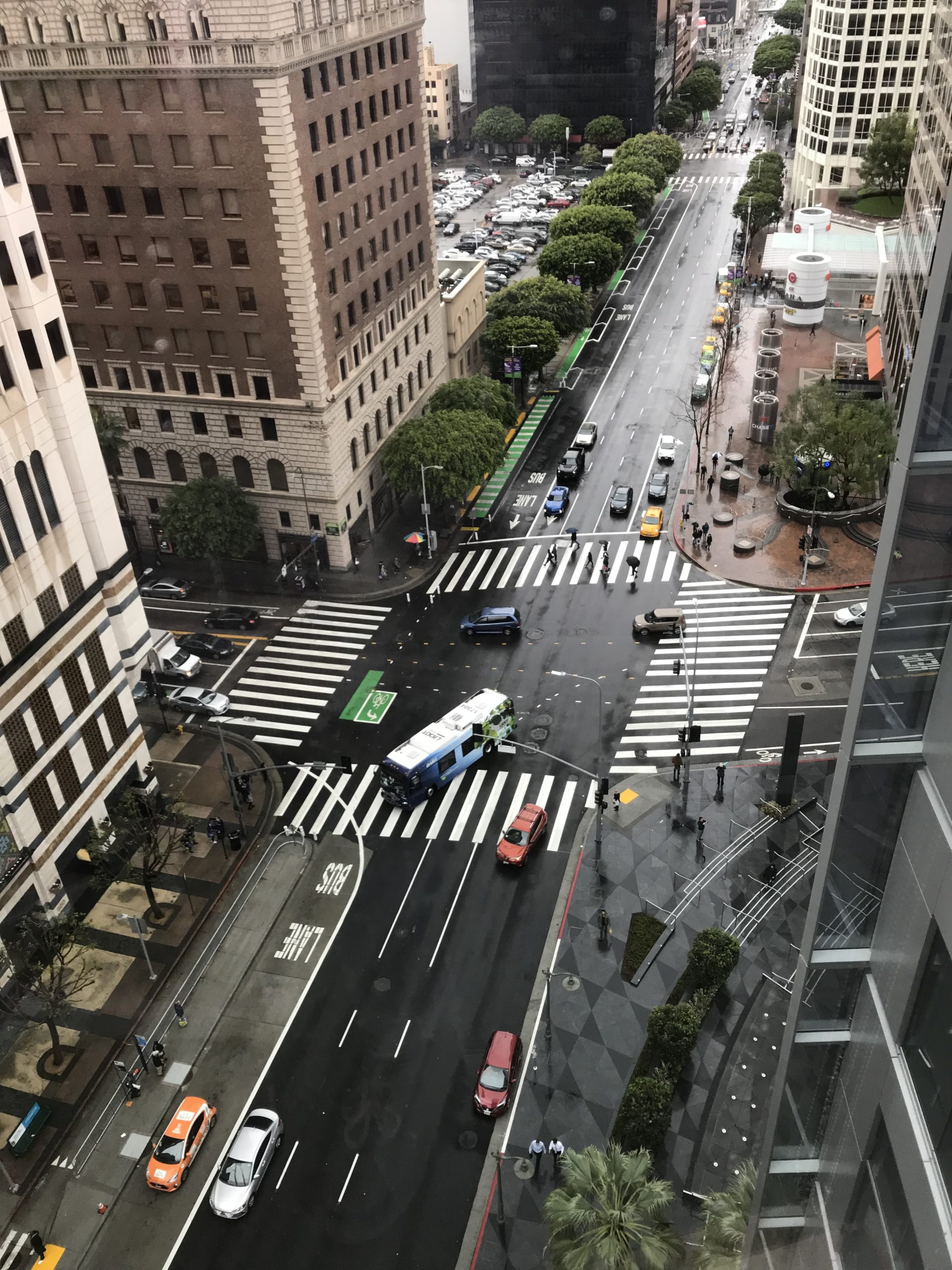
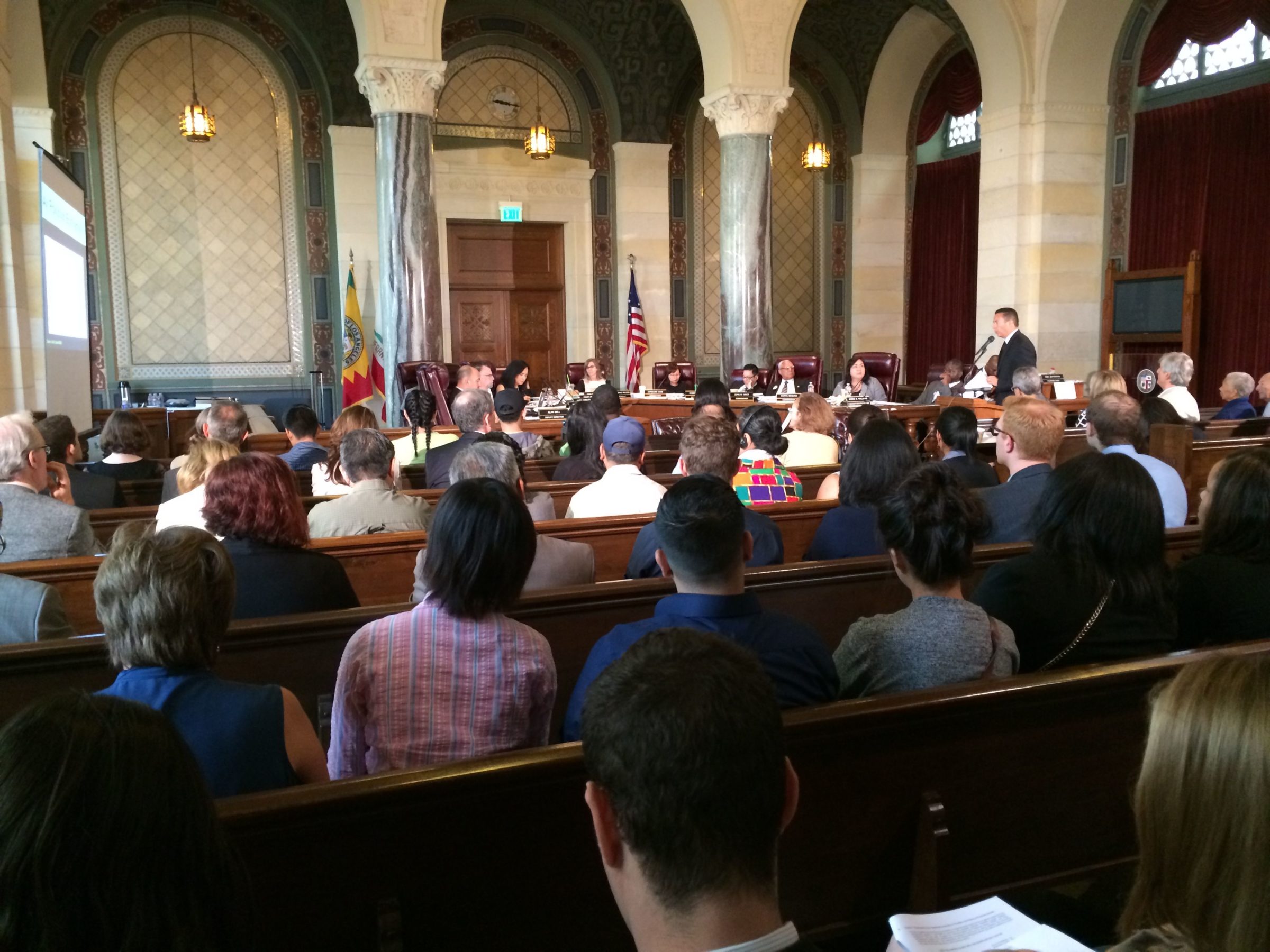
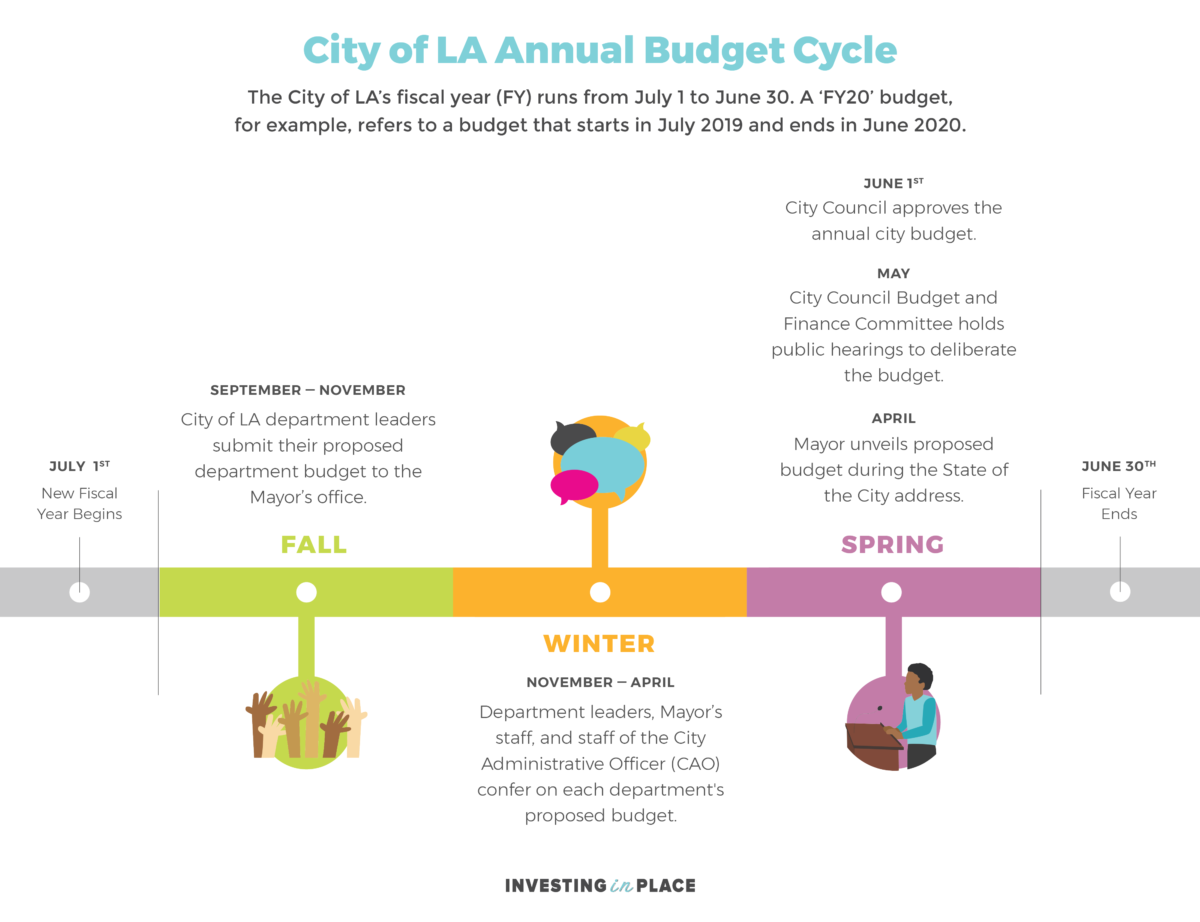
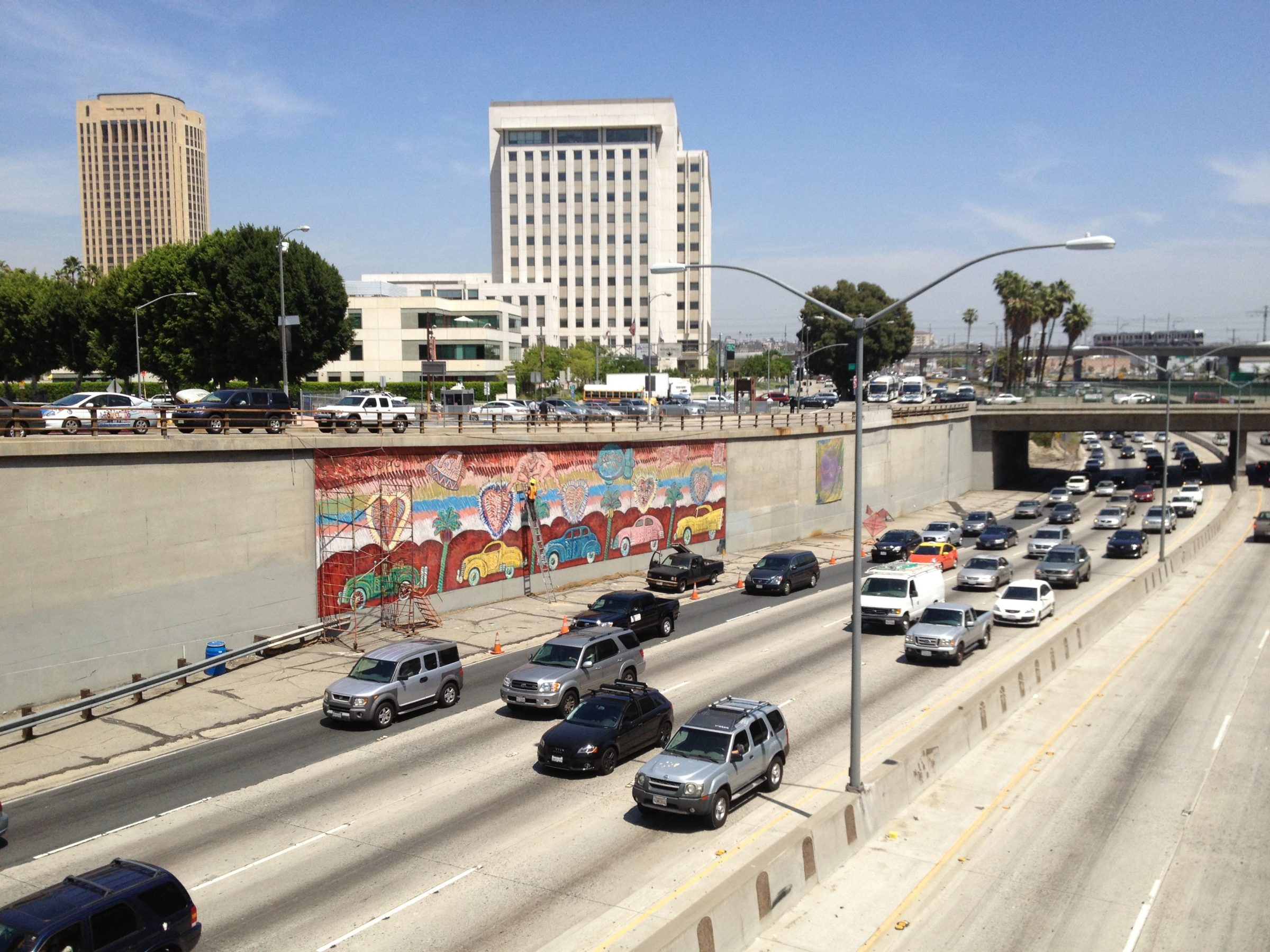
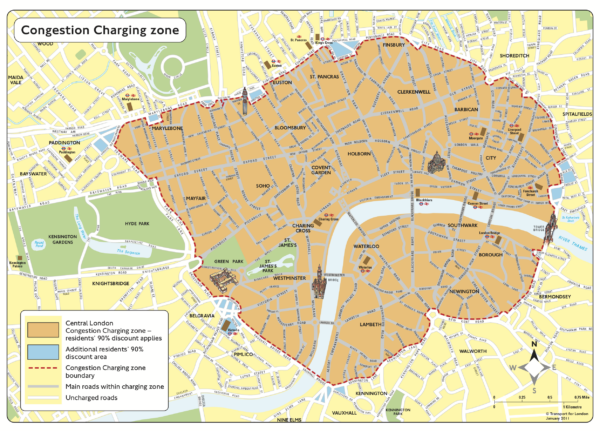
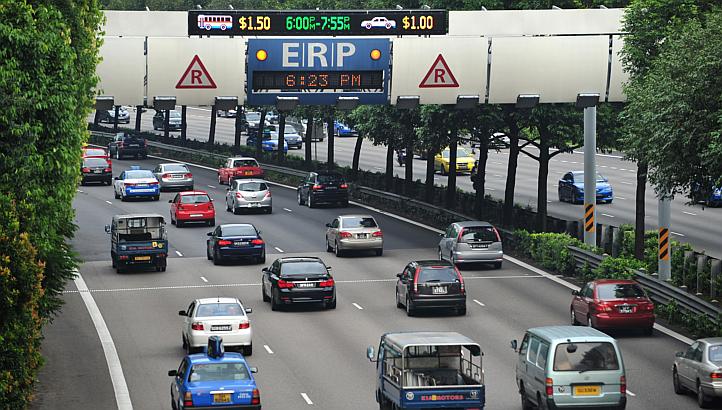

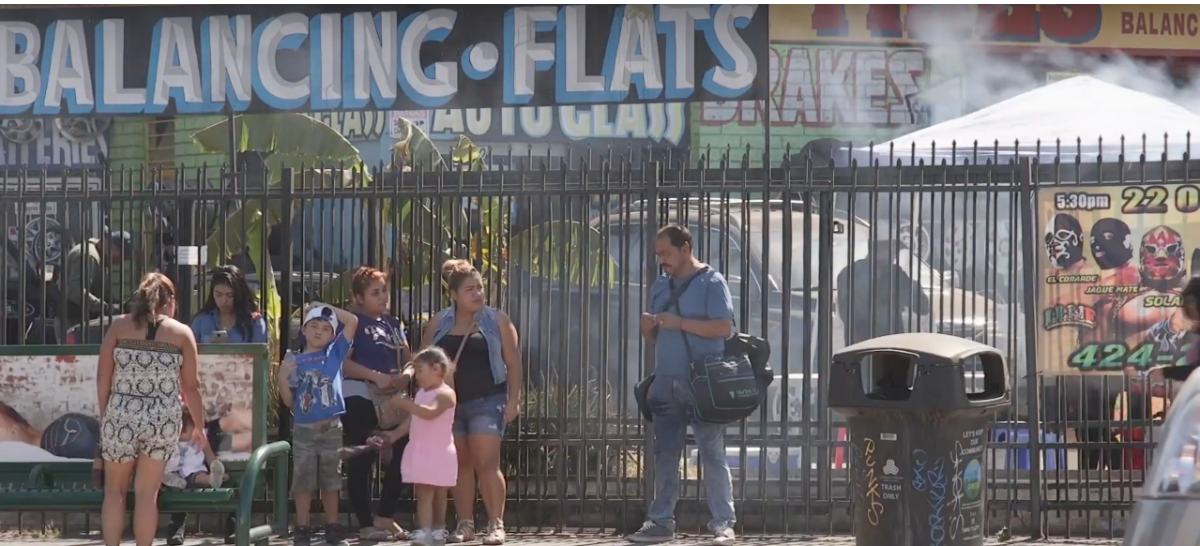

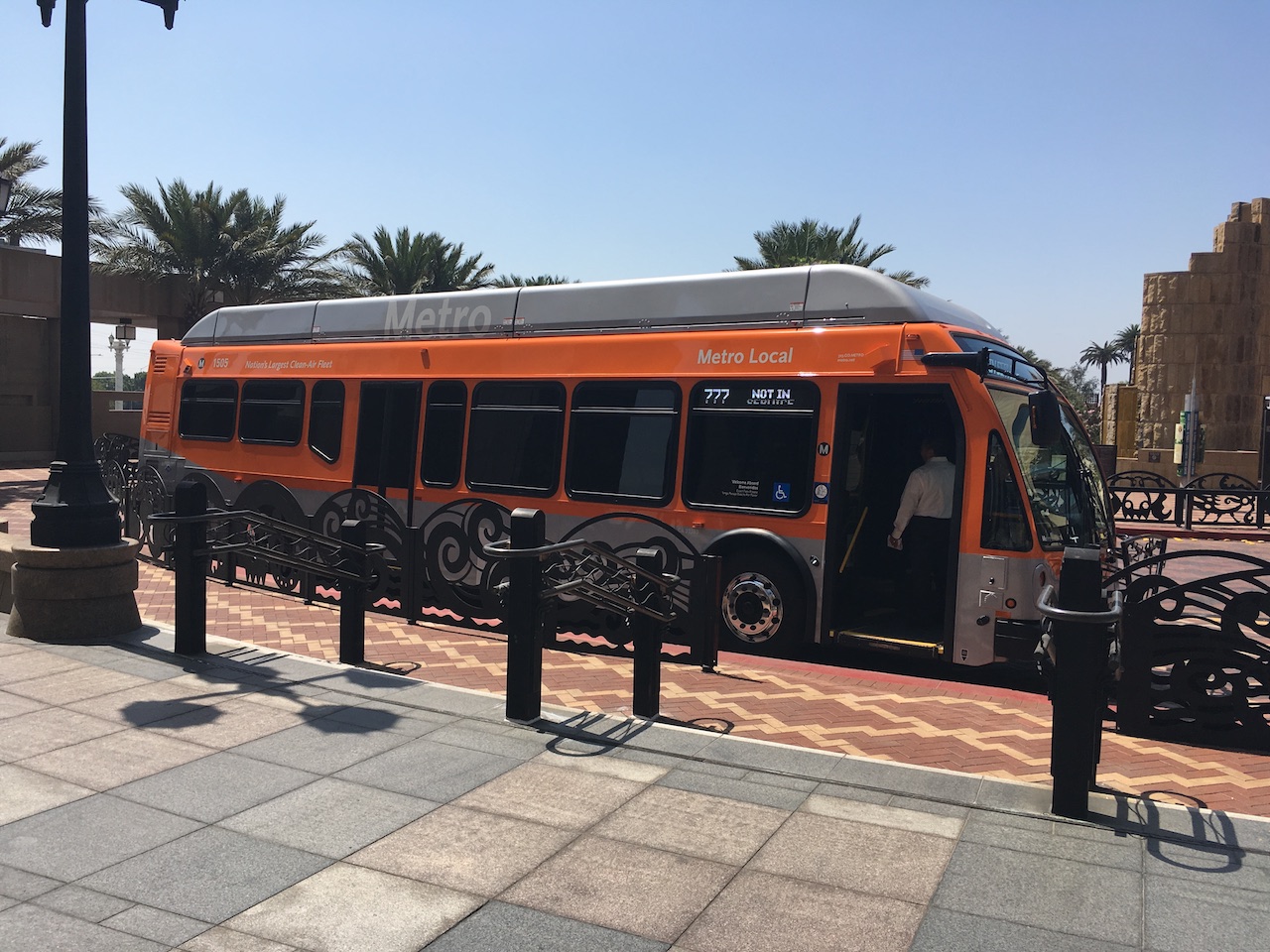
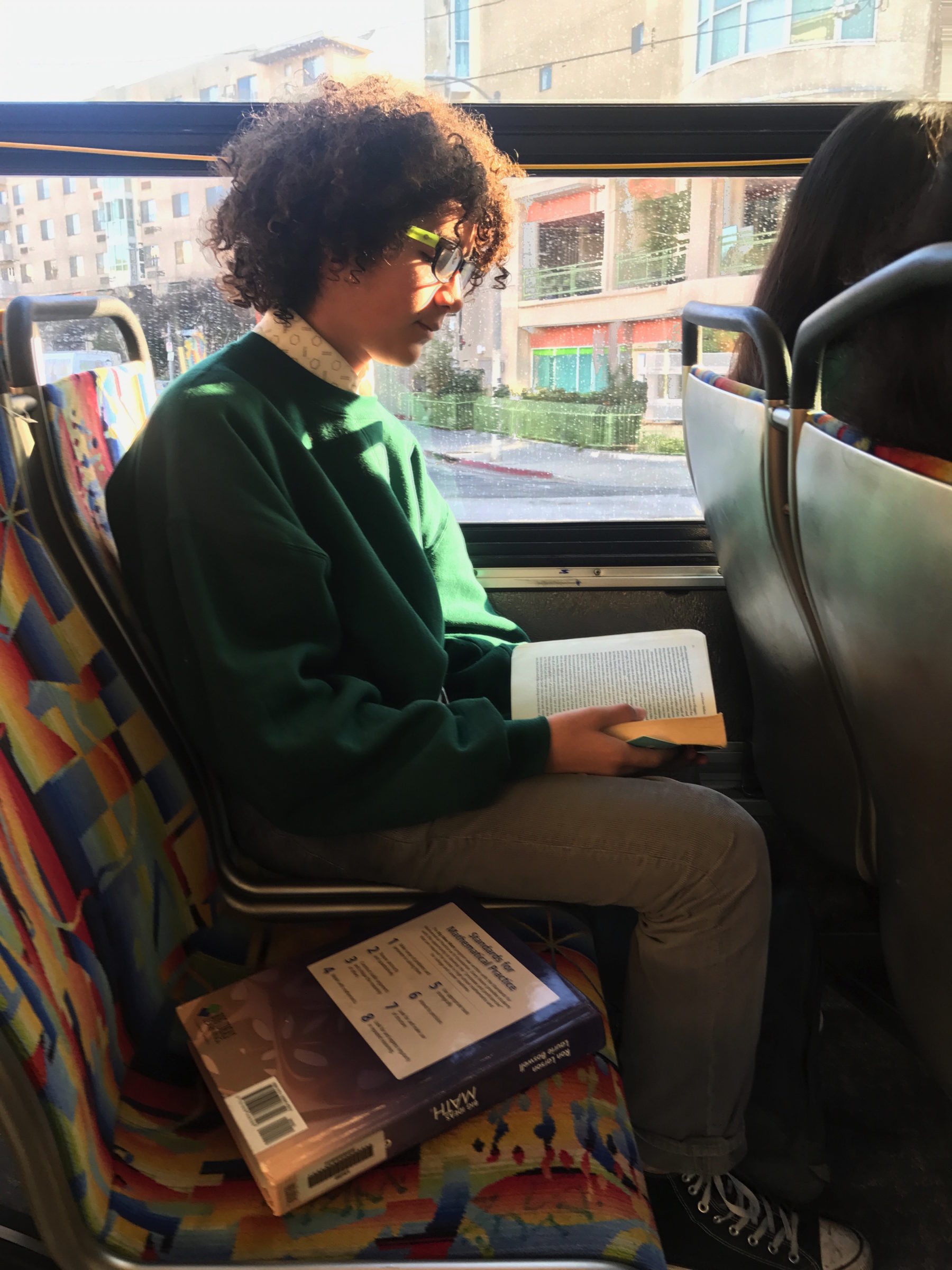

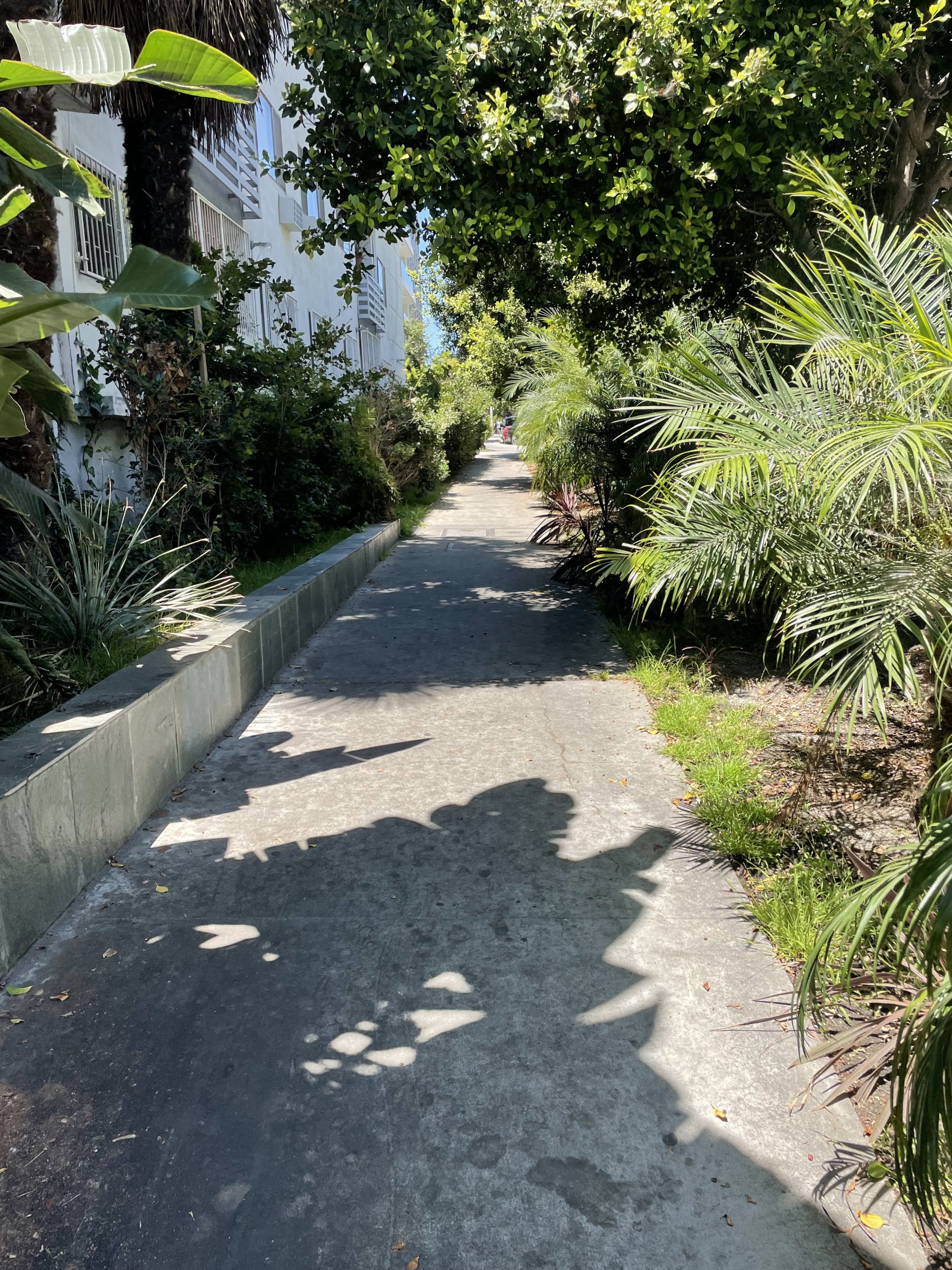
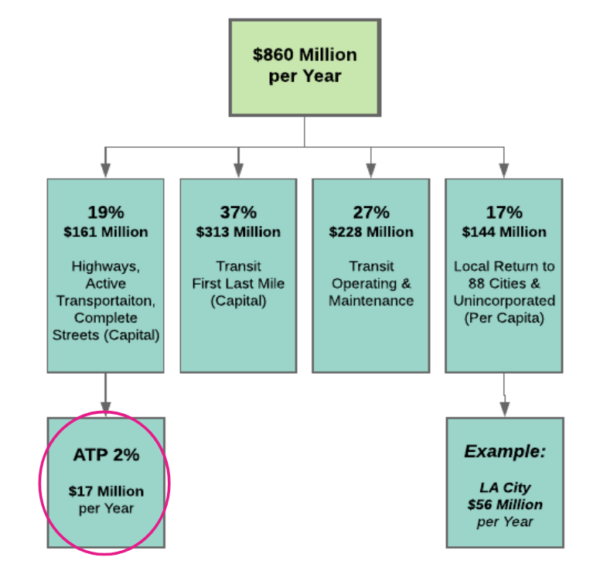
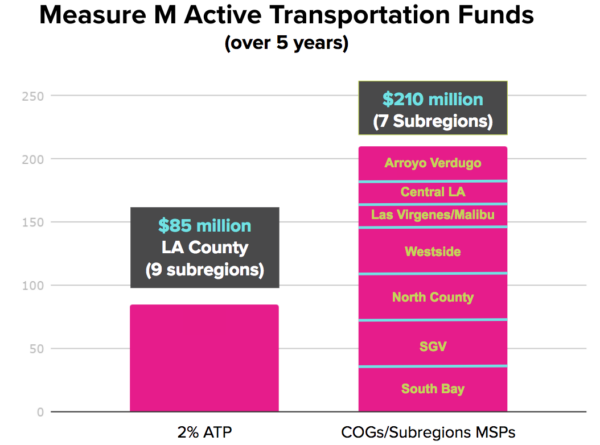
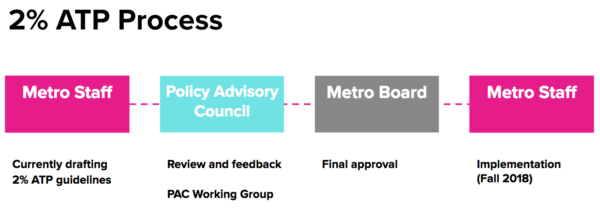
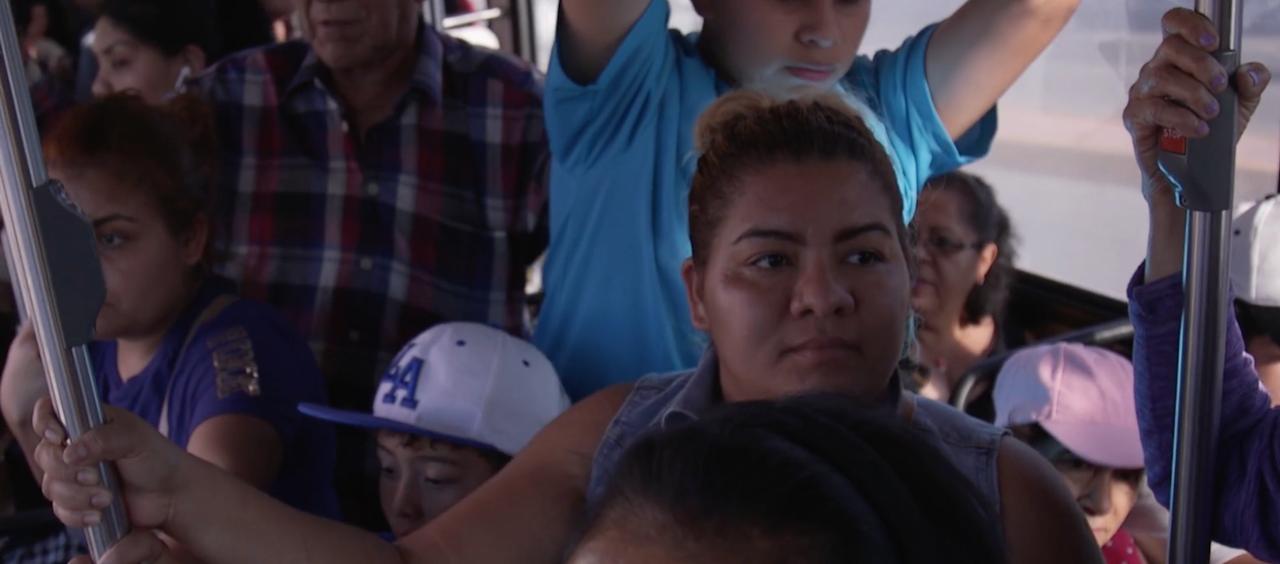

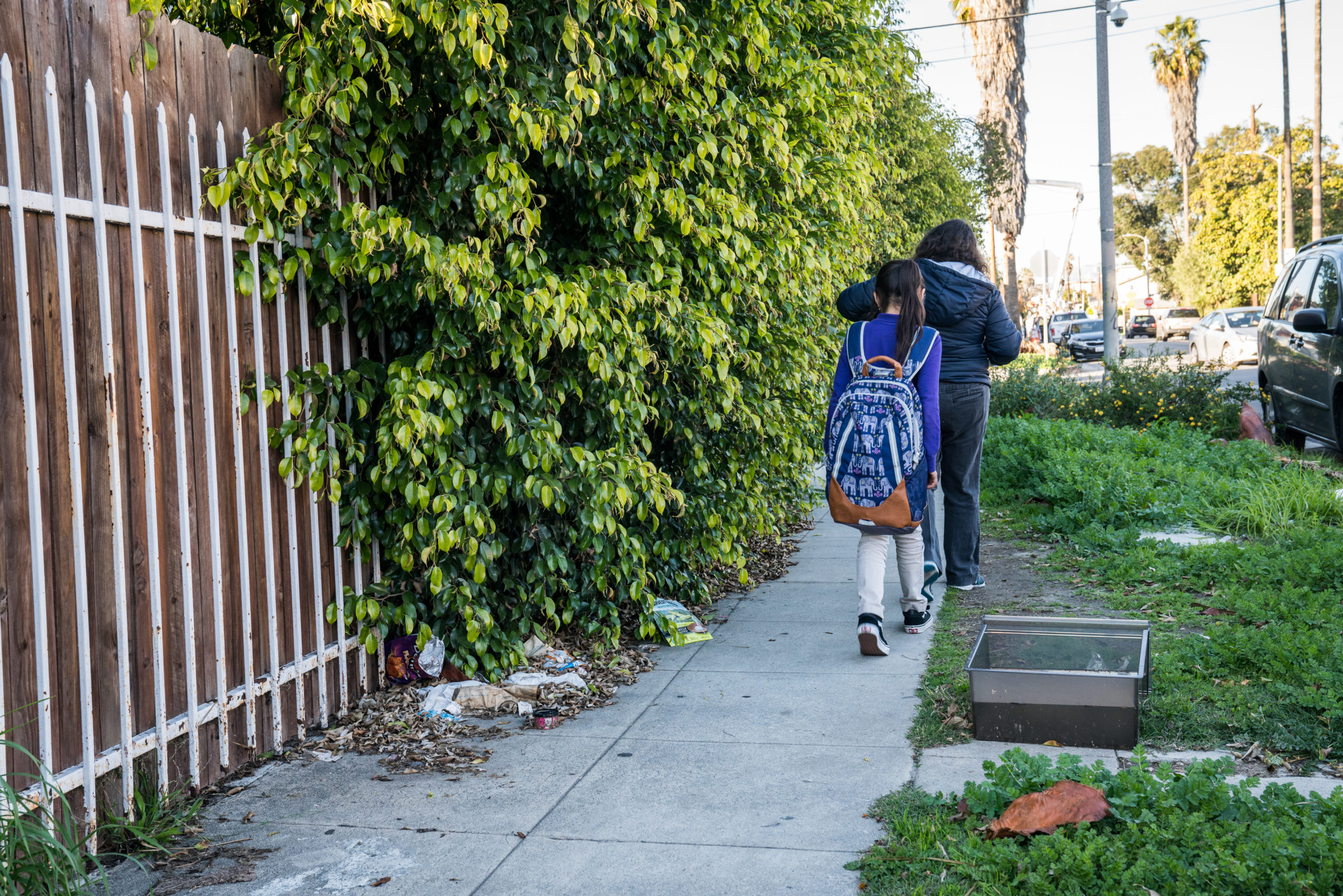

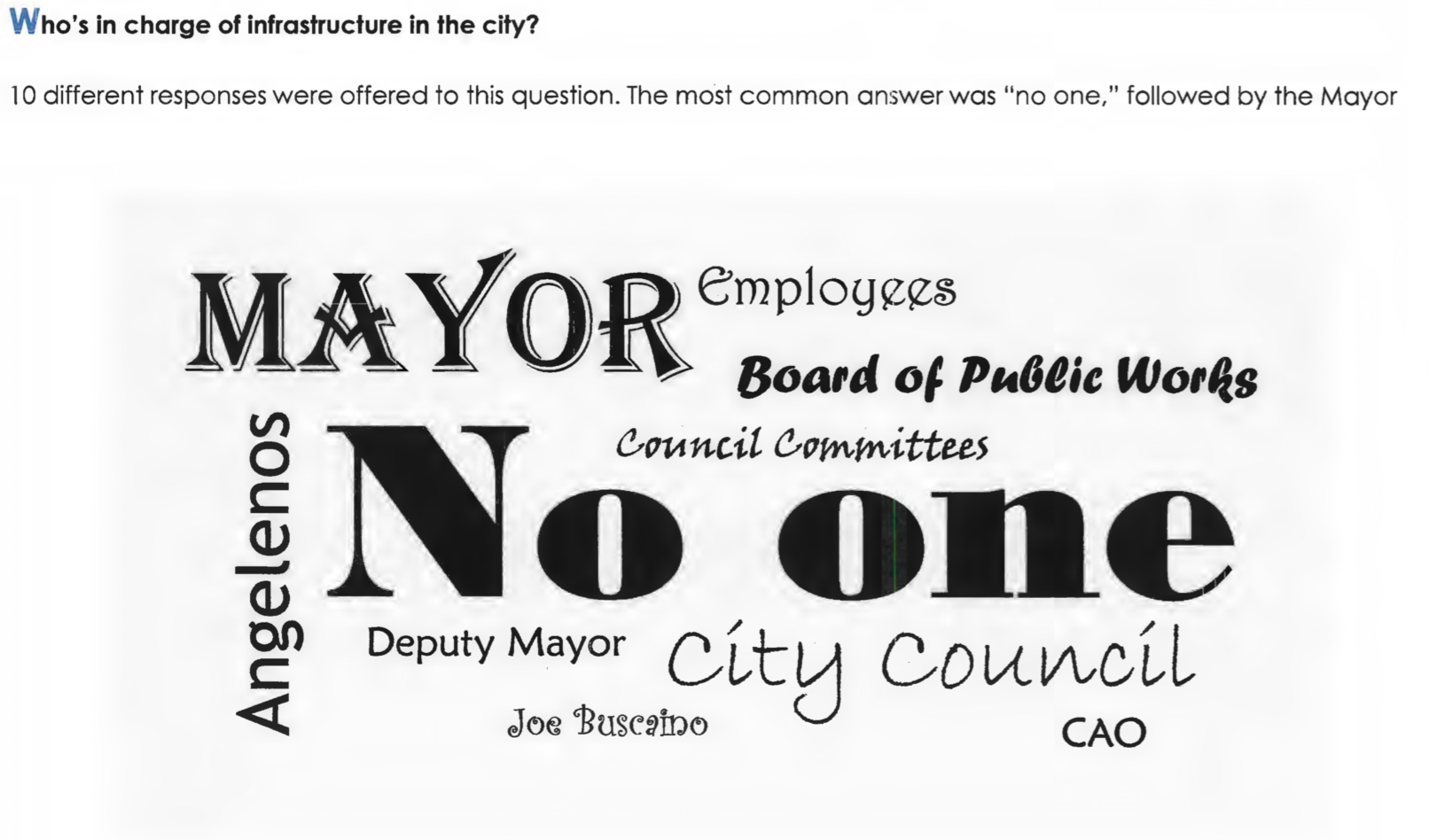

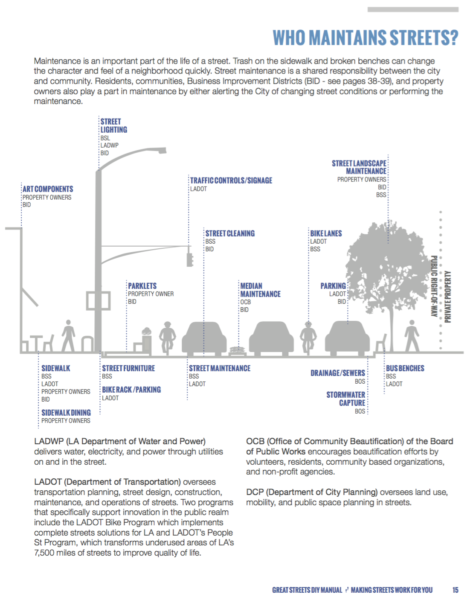
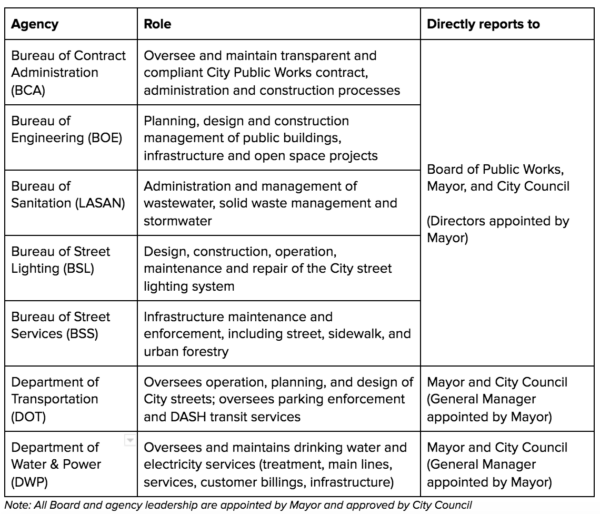
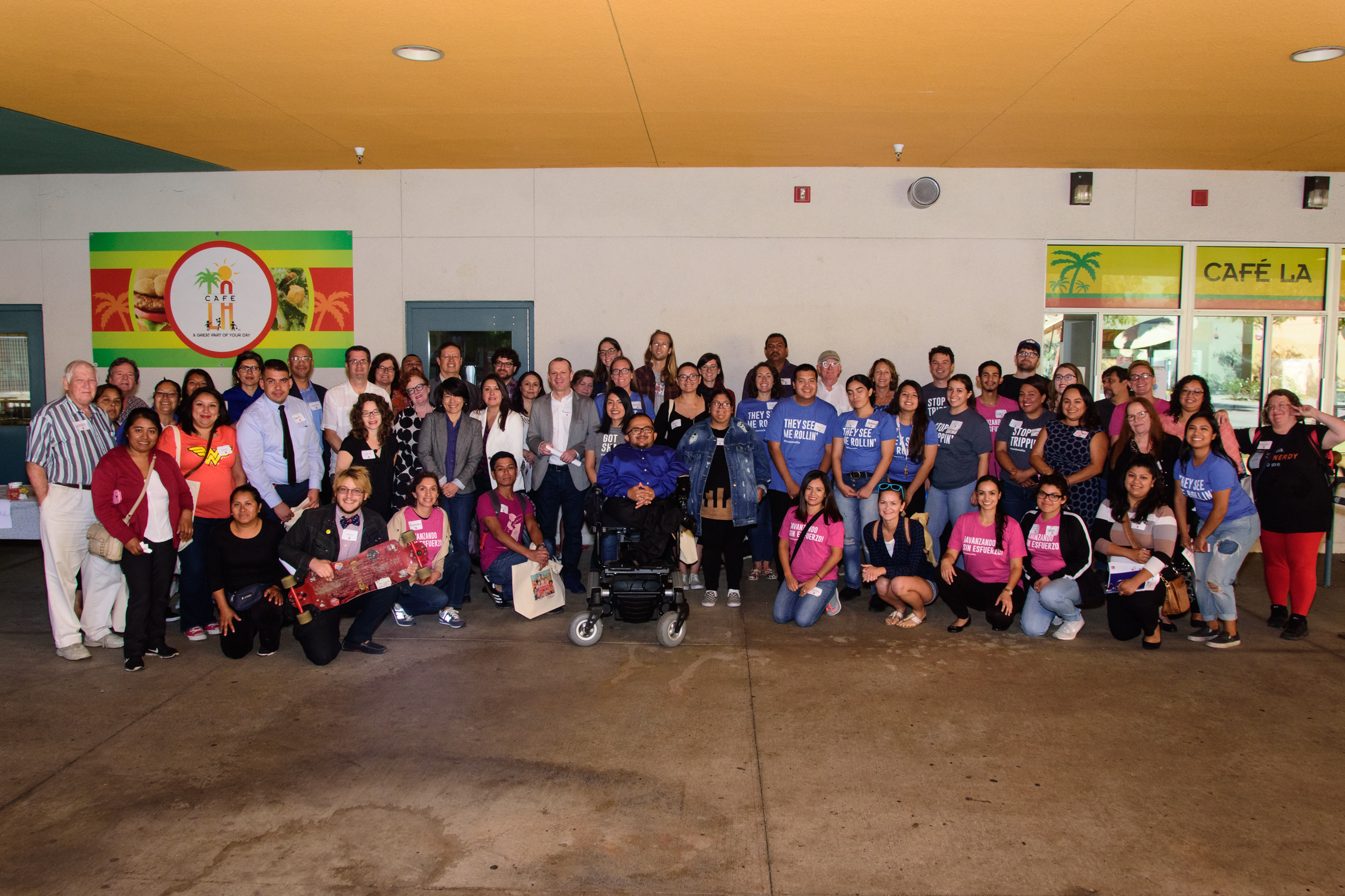
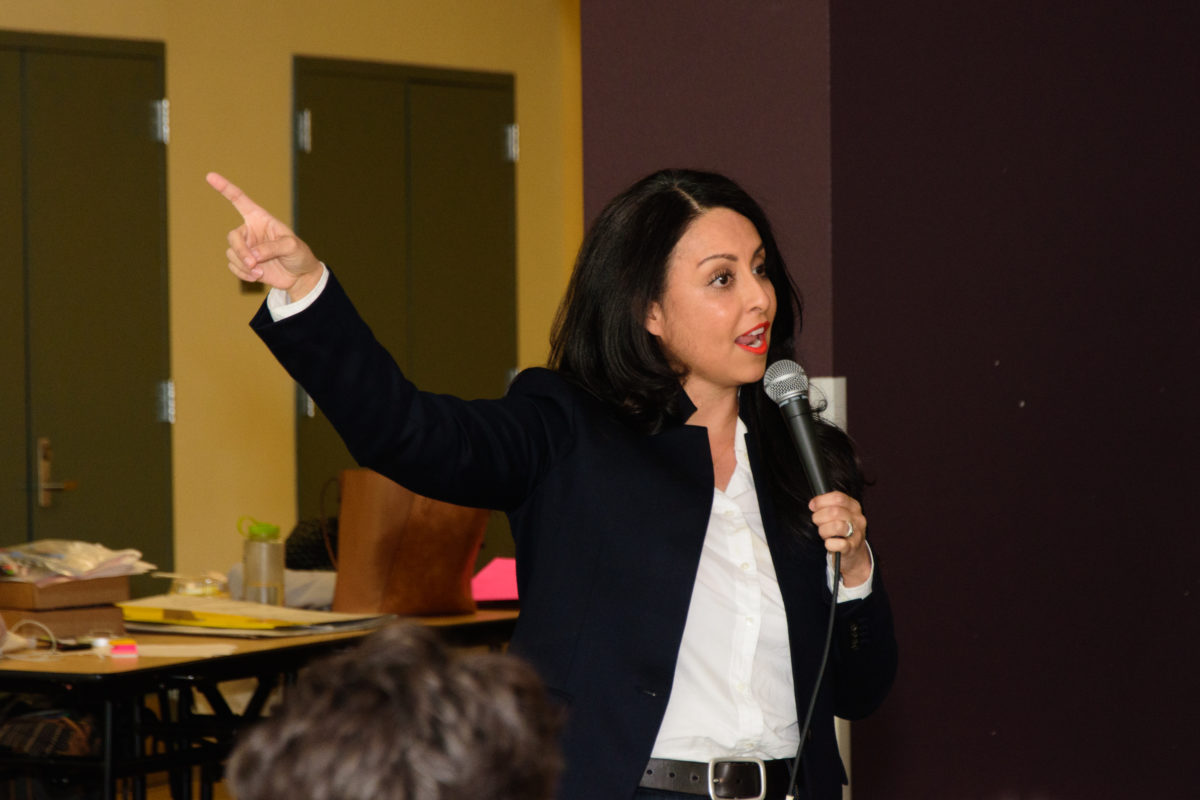
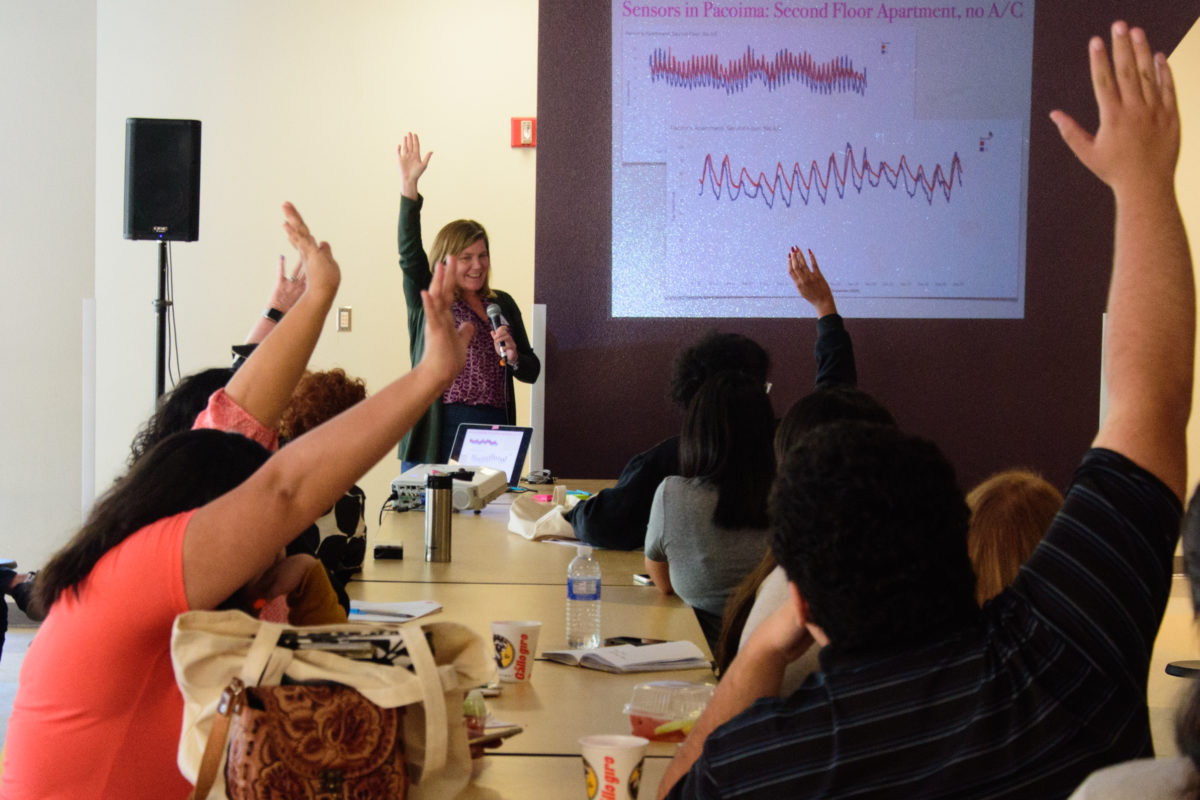
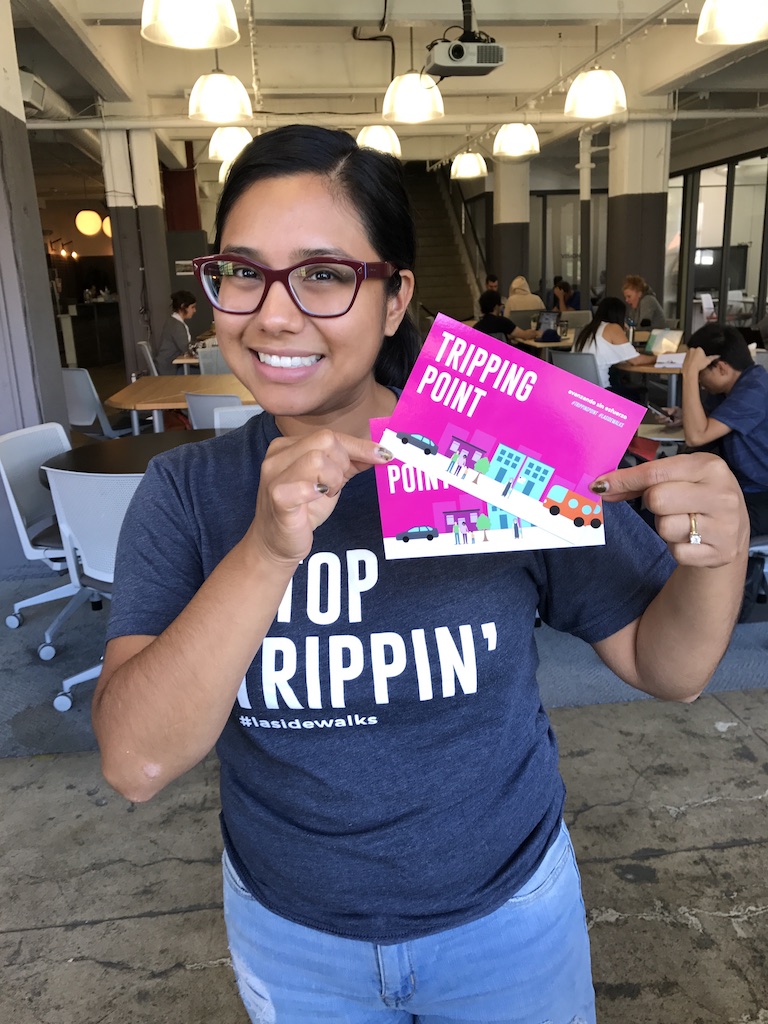
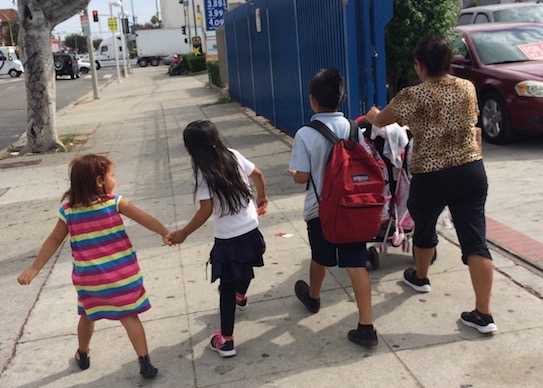
 Some estimates put the amount of damaged sidewalks in the City of Los Angeles at 4,600 miles. Given that sidewalks are the most fundamental piece of our transportation system that impacts all travel modes, how did we get to this point?
Some estimates put the amount of damaged sidewalks in the City of Los Angeles at 4,600 miles. Given that sidewalks are the most fundamental piece of our transportation system that impacts all travel modes, how did we get to this point?







You must be logged in to post a comment.